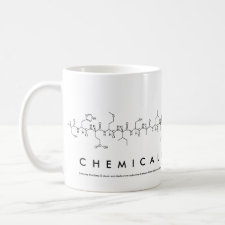Authors: Kong QK, Wang YH, Zhang LN, Xu CX, Yu JH
Article Title: Highly sensitive microfluidic paper-based photoelectrochemical sensing platform based on reversible photo-oxidation products and morphology-preferable multi-plate ZnO nanoflowers.
Publication date: 2018
Journal: Biosensors and Bioelectronics
DOI: 10.1016/j.bios.2018.03.050
Alternative URL: https://www.sciencedirect.com/science/article/pii/S0956566318302288
Abstract: A microfluidic paper-based analytical device (μPAD) was simply constructed for highly sensitive detection of L-glutamic acid and L-cysteine. The μPAD featured with two functional zones on one strip of paper achieved by preferable multi-plate ZnO nanoflowers (ZnO NFs) and molecularly imprinting polymer (MIP) membranes. The as-designed μPAD was established based on the inherent relation between the photo-oxidation products and photoelectrochemical (PEC) performance with the highly sensitive detection of biomolecules. The ZnO NFs were utilized to produce photo-oxidation products by driving the reaction between ferrocenemethanol and photogenerated holes under ultraviolet light. The photo-oxidation products easily flowed to MIP membranes along the hydrophilic channel via capillary action. MIP membranes as the receptors specifically recognized the analytes as well as decreased the electron loss by blocking the reduction reaction between electrons and photo-oxidation products. The PEC response was obtained in the processes of electrons transfer and exhibited the direct relationships corresponding to the concentrations of target analytes. The μPAD showed the detection limits toward L-glutamic acid and L-cysteine as low as 9.6 pM and 24 pM, respectively. Moreover, it is interesting to point out that ZnO NFs nanostructure shows superior PEC signal compared with those of ZnO nanospheres, nanosheets, and nanorod arrays. In current work, photo-oxidation products are utilized to achieve highly sensitive PEC detection for biomolecules under ultraviolet light as well as avoid the effects of multiple modifications in the same region on the reproducibility, which is beneficial for opening up rich possibility for designing more efficient analytical strategy
Author keywords: Microfluidic paper-based analytical device, ZnO nanoflowers, Photoelectrochemical, electrons transfer



Join the Society for Molecular Imprinting

New items RSS feed
Sign-up for e-mail updates:
Choose between receiving an occasional newsletter or more frequent e-mail alerts.
Click here to go to the sign-up page.
Is your name elemental or peptidic? Enter your name and find out by clicking either of the buttons below!
Other products you may like:
 MIPdatabase
MIPdatabase









